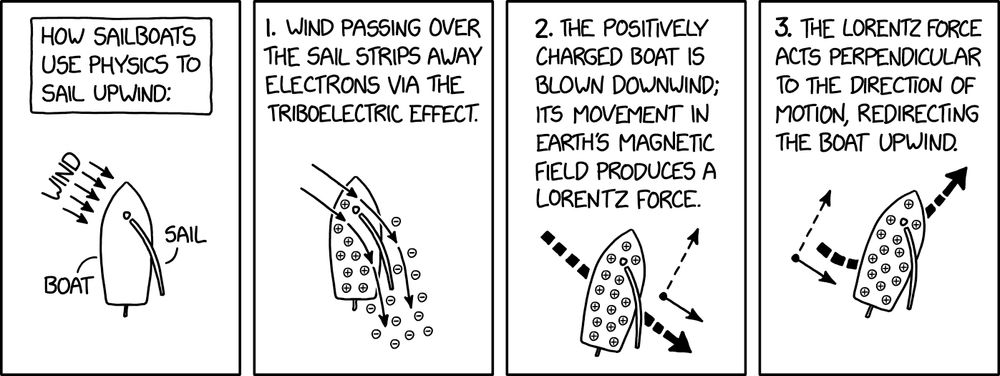





@ox.ac.uk @cern.bsky.social @golp-ist.bsky.social


#PowerMoves




Publishers using AI is a publisher problem.
Praise Glykon.
Either your evidence stands on its own or it doesn’t.
And science has suffered from far too many who only publish the party line to appease reviewers who don’t want to be contradicted.
Publishers using AI is a publisher problem.
Praise Glykon.
Read the full story: www.nature.com/articles/d41...
Read the full story: www.nature.com/articles/d41...
Read the full story: www.nature.com/articles/d41...



www.scientificamerican.com/article/reco...

www.scientificamerican.com/article/reco...







